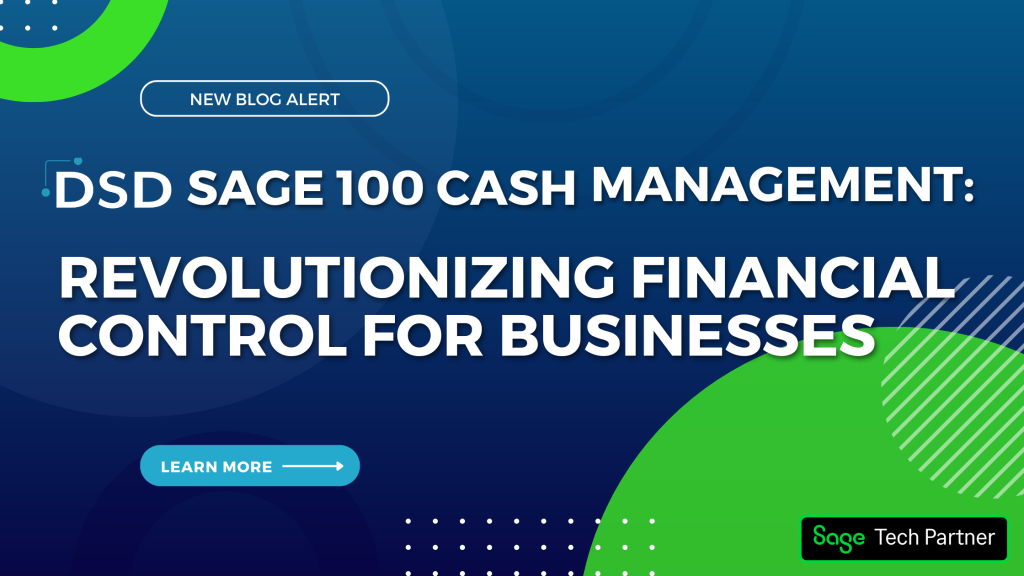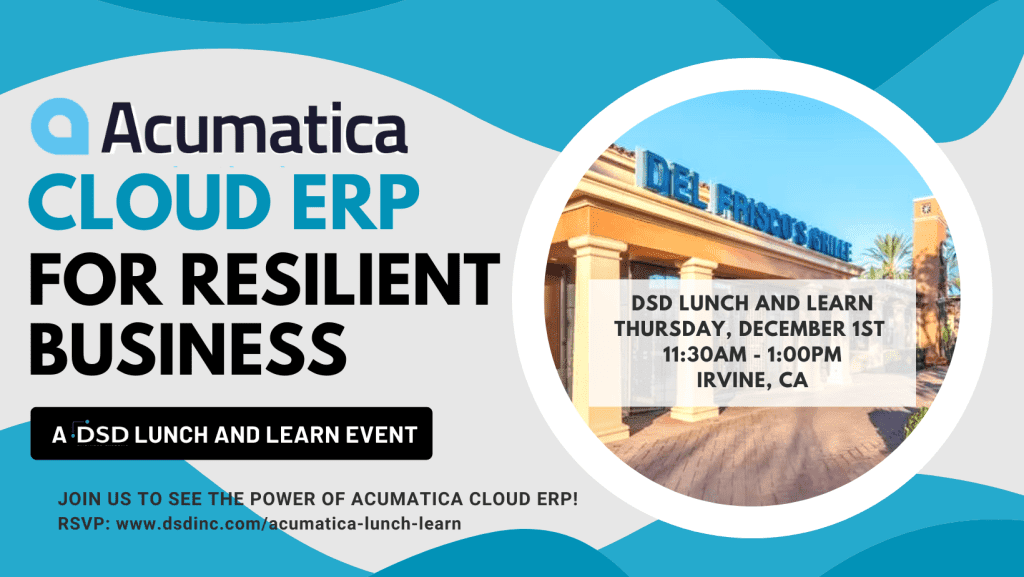Connecting Baby Boomers And Millennials

Starting 2010, the original baby boomers have been reaching the retirement age of 65 or older. The reason for delayed retirement is mainly finances.
A large percentage of the older population still needs to work because they haven’t been able to save enough for retirement. More than half of the baby boomers still don’t have $50,000 saved, so there’s no question of retirement. They need to keep working because of money.
Another reason for the delayed retirement of baby boomers is the value they still have to offer. Several employers realized this, and have come up with retention programs targeted at the older workforce.
These employees have the knowledge that hasn’t yet been passed on to the younger generation. With the baby boomers retiring slowly but steadily every year, the knowledge reserve is depleting.
Besides money and knowledge, the reason why baby boomers feel working after 60 is because they still remain fit and active enough to work. They want to channel their energy into work and be productive for as long as possible. Even if they don’t need the money, they want to keep working because they want to remain active.
Generation gap
One of the primary concerns of several companies is how to bridge the gap between the baby boomers and the millennials. Both these groups in the workforce have their own specific needs and companies need to cater to them. The younger workforce, also called the millennials, have a lot of stigmas to deal with. For instance, they are known to change jobs frequently and not have loyalty towards the employer.
While baby boomers stuck with the same employer for 20 years, millennials change three jobs in six months. However, despite the disparities, the two generations can work together for the benefit of the organization.
By bridging the gap between seasoned baby boomers and young and efficient millennials, organizations can reap several benefits. Baby boomers have value and knowledge and are capable of making a continued contribution to the workforce.
On the other hand, they can also function as mentors to the millennials, and help them develop their careers. Although there is a huge generation gap between the two, certain organizations have already been able to make this a reality. If organizations want, they can create appropriate programs to retain baby boomers and also millennials.
It is prudent to have a mix of people in the workforce.
Whether or not this strategy will work in the long run, only time will tell. But it is certain that employers focused on engaging their workers and bringing out their best performance, will always try to find ways to make full use of both the baby boomers and the new generation.




